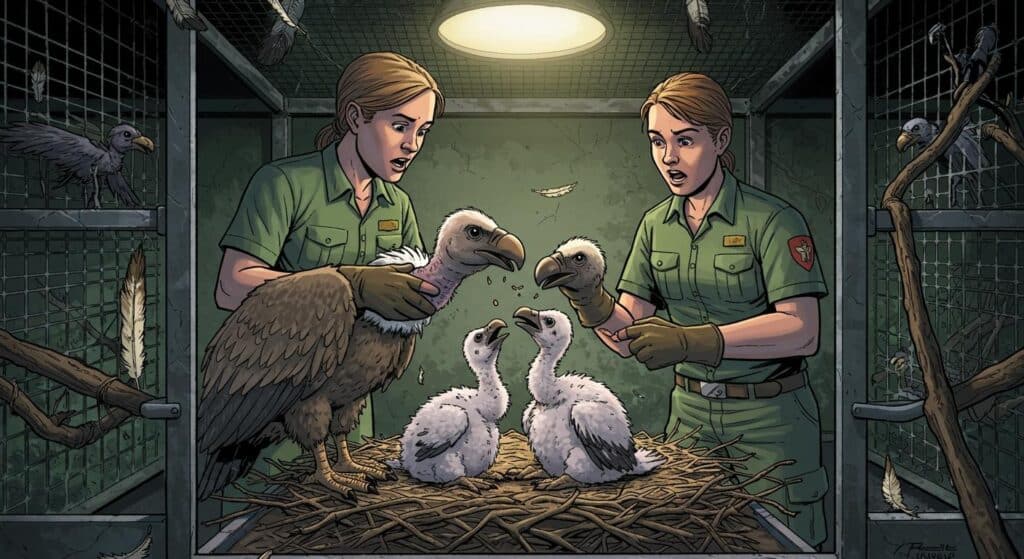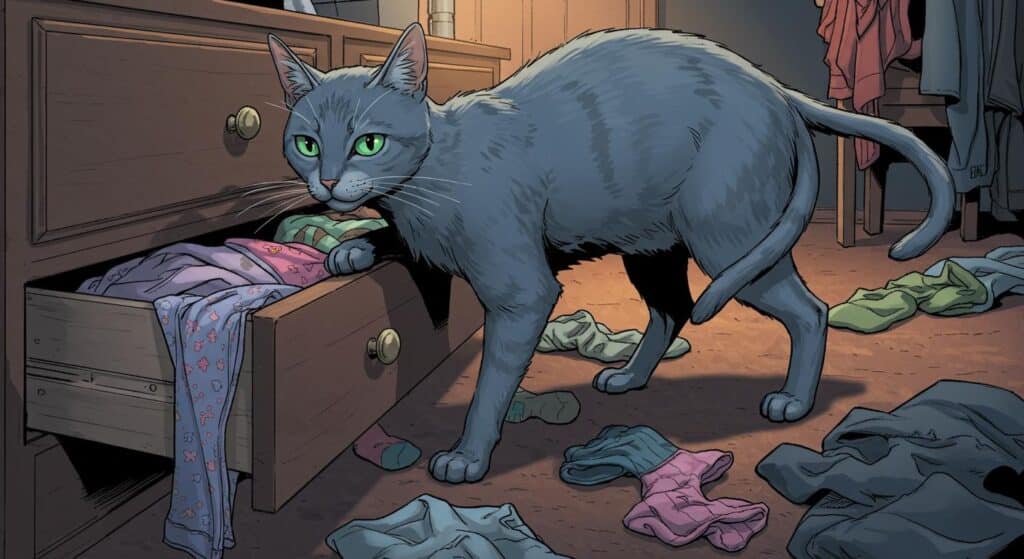Some headlines land in your inbox and feel as predictable as the afternoon thunderstorm on a humid day in Miami. Still, they stop you mid-scroll: an 11-foot alligator grabs a Florida swimmer by the hand and drags her under. Did you really expect anything else from the Sunshine State? Reports from NewsNation, Patch, and People paint a portrait that might as well be a state mascot fable: close calls, colossal reptiles, and a scene so bizarre it’s almost comforting in its familiarity.
River Day, Florida-Style
According to sheriff’s office statements cited by People and echoed in Patch’s reporting, a 27-year-old woman and her boyfriend set off by boat along the South Fork portion of the Saint Lucie River near Southwest Linden Street. All seemed routine until a dip in waist-deep water—with their dog for company—turned cinematic. An 11-foot alligator, not one to let a casual swim go unremarked, lunged for her hand and wrist, momentarily dragging her beneath the surface. The drama was brief, but palpable: “The gator released the female victim, at which point the boyfriend drove her to the boat ramp at Charlie Leighton Park,” the sheriff’s office relayed, as summarized in multiple outlets.
Her boyfriend and the dog, as all the sources—NewsNation, Patch, and People—point out, were unharmed. For the woman herself, responders treated her at the scene before she was airlifted to a nearby hospital. As NewsNation details, this was largely a precaution, since she survived the confrontation with serious injuries but was expected to recover. The specifics of her future risk appetite for river swimming, however, remain unaddressed.
The Backdrop—Almost Predictably Floridian
Patch, placing this encounter within a larger context, reminds us that alligators are practically part of the Florida neighborhood association—present in every one of the state’s 67 counties, according to the Florida Fish and Wildlife Conservation Commission. As waterfront homes become ever more plentiful, and residents continue to claim their square footage of riverbank, the overlaps between people and prehistoric reptiles multiply. Add pets to the equation and you have yourself a recipe straight out of a “no swimming” cautionary tale.
Wildlife officials, as outlined in Patch’s coverage, urge swimming only in designated areas, during daylight hours (no midnight skinny dips, Florida), and keeping pets leashed and away from pond and river edges. Feeding alligators? That’s just asking for trouble—almost as much as dog-paddling where you can’t see your toes.
Survival, Serendipity, and the State That Keeps Delivering
What stands out—aside from the sheer audacity of a modern dinosaur sharing a riverbank with recreational swimmers—is just how normal this sort of thing seems to be for Florida. The details have that uncanny ring of “could only happen here.” Waist-deep water, a loyal dog, a near-miss with an ancient predator, and then a hasty exit to the safety of a boat ramp. If this were a parable, the moral would be as direct as the gator’s bite.
People highlights that, after receiving on-site care from Martin County Fire Rescue (who responded within minutes), the woman was flown to HCA Florida Lawnwood Hospital for further evaluation. The dog, perhaps reconsidering the joys of leash freedom, left the scene unscathed. As for the alligator, wildlife officers and a contracted trapper searched for it but—true to form—it slipped back into the water, unbothered and probably eyeing the next headline-in-waiting. No official confirmation has come through yet regarding its capture.
Is it simply that Florida’s wild creatures have mastered the art of timing their appearances for maximum media impact? Or do we, in our persistent encroachment into their world, keep setting ourselves up for these unscripted introductions? When the river’s edge calls, why are we always surprised to find company already waiting?
Conclusion: File Under “Only in Florida”
The climate, the landscape, the sheer tenacity of its wildlife—Florida really does keep things interesting. Each encounter like this serves as a gentle (or sometimes toothy) reminder: the line separating the everyday from the outlandish can be razor-thin, especially south of the Georgia border. If you’re looking for proof that truth is stranger than fiction, try counting the stories like this that surface every summer. In Florida, riverbanks really are just one headline away from the surreal.







